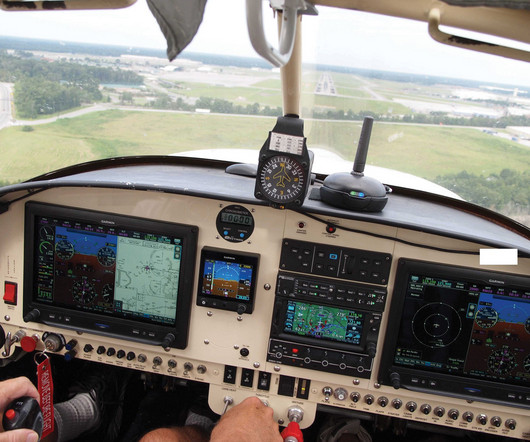RNAV Approaches Simplified: A Guide for New Pilots
Pilot Institute
FEBRUARY 15, 2025
These would guide them when they couldn’t see anything outside their airplane. But these systems had some problems, like not being able to work over water, or if there was something in the way of the transmitter and the aircrafts receiver. This makes more airports accessible under Instrument Flight Rules (IFR).














Let's personalize your content